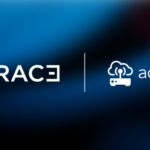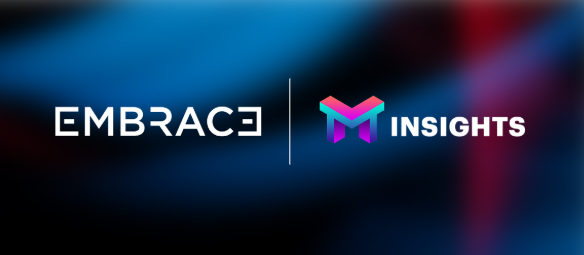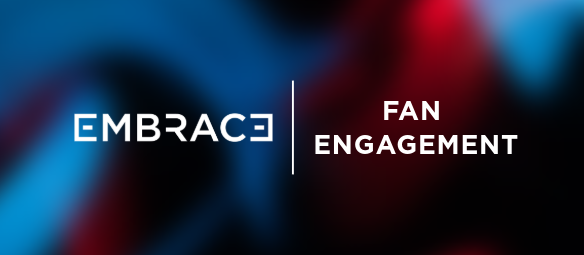
SaaS, PaaS, or Self-Hosted: Understanding the True Cost of Media Orchestration Models
Paris, June 22, 2025
By Edel Garcia
SaaS, PaaS, or Self-Hosted: Understanding the True Cost of Media Orchestration Models
For media organizations tackling workflow modernization, whether in broadcast operations or post-production environments, understanding the delivery model behind an orchestration platform is just as important as choosing its features.
Terms like SaaS, PaaS, and Subscription are often used interchangeably, but in practice, they describe different combinations of deployment control, cost structure, and integration flexibility.
This article breaks down how these models actually function in the media tech landscape and what that means for long-term success.
Clarifying the Terms
- SaaS (Software as a Service) refers to software fully hosted and operated by the vendor, typically accessed via browser or API.
- PaaS (Platform as a Service) provides a managed environment where users can build or run workflows, often abstracting infrastructure.
- Self-Hosted Deployment refers to software installed and operated by the customer, either on-prem or in a private/public cloud.
All three may be sold under a subscription-based license, but their operational impact and vendor dynamics differ significantly.
Model Comparison in the Media Context
SaaS
Software is fully vendor-hosted and managed. You get fast onboarding and little IT overhead, but are limited to vendor-defined update cycles and built-in integrations.
PaaS
You build and operate workflows on a vendor-managed platform. Some PaaS vendors allow open service integration. Others offer curated marketplaces, where third-party tools (e.g. transcode, QC, AI) are bundled and resold, often with usage-based pricing.
Self-Hosted
You deploy and operate the software in your own infrastructure, whether on-prem, private cloud, or a hybrid model. This offers maximum control and direct third-party integration, with transparent licensing.
PaaS vs Marketplace Models
Not all PaaS platforms bundle or resell third-party services, but some do. The distinction matters. Some platforms act as gatekeepers, only allowing access to partner vendors they’ve integrated commercially. Want to use a tool that’s not listed? You may need to request an integration and wait for negotiations and technical onboarding. Other PaaS environments allow open connections to any tool via API, even if not resold by the platform.
The takeaway: PaaS is a broad category, but its cost structure and flexibility vary dramatically depending on how open or closed the vendor ecosystem is.
Why Self-Hosted Deployment Still Matters
In environments with complex integrations, compliance concerns, or cost sensitivity, self-hosted models remain a compelling choice. Media teams retain:
- Full control over infrastructure and updates
- Direct relationships with third-party vendors
- Transparent pricing with no per-use markups
- The ability to scale or migrate on their own terms
This model may involve more responsibility, but it avoids long-term lock-in and lets teams build systems around their actual operational needs.
Choosing the Right Fit: Business Implications
The right delivery model depends on goals, internal capacity, and expected scale.
| Model | Infrastructure Control | Third-Party Integration | Cost Structure | Best For |
| SaaS | None (vendor-hosted) | Vendor-defined or limited | Subscription or usage | Fast deployment, basic workflows |
| PaaS (Open) | Low | Open via API | Usage-based | Flexible workflows, faster ops |
| PaaS (Marketplace) | Low | Curated partner access | Usage-based plus markup | Convenience, but limited choice |
| Self-Hosted Deployment | Full | Fully customizable | Fixed subscription | High-volume, custom environments |
Final Thought
SaaS and PaaS are delivery models. Subscription is a licensing model. But what truly affects business outcomes is how much control an organization retains and what it’s ultimately paying for. Whether orchestrating promos, managing VOD workflows, or scaling post-production delivery, aligning a platform strategy with cost and control expectations is essential for sustainable growth.

Edel Garcia
Director of Sales, Americas
About Embrace
Since 2015, Embrace has been transforming content creation at scale by connecting people, systems and processes. The company develops advanced automation, orchestration and collaboration solutions for the Media & Entertainment industry and global brands. Embrace aims to unleash creativity and improve performance around video and graphics supply chains.
Our products are heavily used 24/7 by leading media groups such as AMC Networks, Arte Studio, BCE, Be tv, CANAL+, Disney-ABC News, Euronews, Eurosport, Hearst Networks EMEA, Madison Square Garden Networks, Mediawan Thematics, M6, Mercedes-AMG, Orange, Red Bee Media, RTL Group, ProSiebenSat1, Sinclair, TF1, TV5MONDE, Warner Bros. Discovery.
Visit www.embrace.fr for more information.
Contact Information
Aline Rolland, Marketing & Communication Manager | aline@embrace.fr







